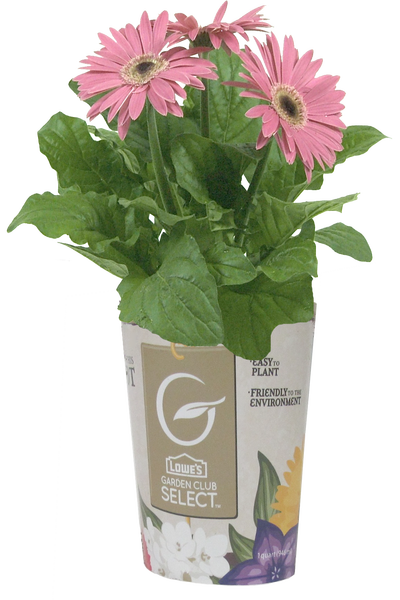Earth Day: 10 ways to go green in the garden
Loading...
Gardeners love the Earth and working in harmony with nature, or they wouldn’t be gardeners. But sometimes I (and maybe you?) need to be reminded of how we can do even more to “go green” in the garden.
Here are a few ways that I’ve found:
Buy plants in biodegradable pots. Costa Farms, Ball Horticultural Co., and Bonnie’s Plant Farm – which provide millions of transplants to garden centers across the US – are now providing seedlings in biodegradable pots that you plant right in the ground. I have used the pots from all three companies, and hope this is the future of bedding plants.
Start your own seedlings in biodegradable pots, such as Cow Pots. Or repurpose containers that you have on hand. Gardeners have long started seeds in foam egg cartons, newspaper pots (here’s a video that shows how to make newspaper pots), and cut-apart 2-liter drink bottles.
Use recycled containers to grow plants. I love these can planters. So retro. And these self-watering plant pots made from 2-liter soft drink bottles are clever. (Here’s the how-to link.)
Recycle or reuse plastic garden pots. Check with the nursery or garden center when you buy plants to see if it will take the pots back and reuse or recycle them. Many Lowe’s stores do this. So do many other organizations. And Colleen Vanderlinden has come up with 25 ways to reuse those old nursery pots. Or how about planting an herb garden in an old gift basket?
Compost. This is the ultimate recycling project in the garden. There’s no excuse for not reusing fall leaves to create summer mulch instead of sending the leaves to the overburdened landfill and buying bags of mulch the next spring. Composting is easy. Anyone can do it, says Karan Davis Cutler in her article, “Even when you don’t follow the rules, compost happens.”
Rethink buying bags of garden mulch. If you need more mulch than you can create in your own yard, find out if your community offers free mulch to residents. Many collect leaves in the fall, compost them over winter, and let people pick up what they need in spring.
Be water-wise. Use drip or trickle irrigation and consider reusing some household washing water in the garden. Or use a rain barrel. According to Sandra Mason of the University of Illinois Extension Service, “one inch of rain over 1,000 square feet of area yields 623 gallons. Rainfall at the rate of 1 inch per hour will yield about 10 gallons per minute per 1,000 square feet. It doesn't take long to fill a few barrels of free, unsoftened water. The kind of water plants love.”
Plant for bees, butterflies, birds, and other small wildlife. Humans continue to encroach on the territory that wild creatures call home, depriving them of places to live, breed, and find the food they prefer. Here’s a list of plants to attract bees and butterflies. The National Wildlife Federation has an excellent wildlife habitat program that’s easy to follow. And the National Wildflower Center will help you discover what plants are native to your area, so that you can grow them and help nature.
Go organic or use integrated pest management (IPM). There’s no point in attracting butterflies, hummingbirds, and other wild creatures to our yards and then possibly harming them with chemicals. If you’re not ready to go totally organic, consider IPM.
Plant to attract beneficial insects. This is another aspect of using no or fewer pesticides – letting “good bugs” such as ladybugs and praying mantises help you out.
How have you gone green in the garden? Share your suggestions below.
-----
Judy Lowe is the founder of the Diggin' it blog and a longtime garden writer. Her latest garden book, about how to create many different types of herb theme gardens, has just been published.





